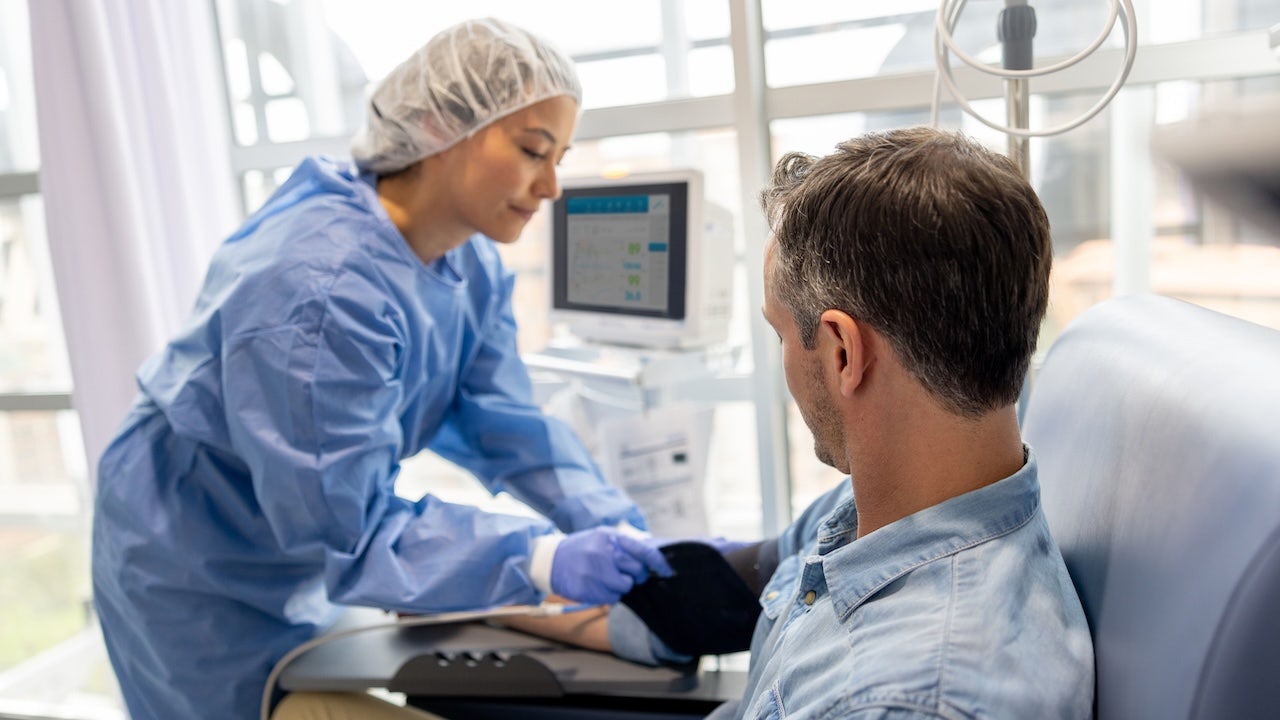Drug analyzer goes mobile in Thunder Bay, Ont., in wake of consumption site’s closure
Before Justin Gill began working at NorWest Community Health Centres (NWCHC), he believed that fentanyl was the most dangerous substance affecting drug users in Thunder Bay, Ontario. However, his perspective changed when he discovered traces of carfentanil, which is 100 times more potent than fentanyl, and nitazenes in the substances that people brought in for testing.
This revelation was alarming, as it highlighted the presence of extremely potent and potentially lethal substances in the local drug supply. Thunder Bay has the highest opioid-related death rate in Ontario, nearly five times the provincial average. The closure of the region’s only supervised consumption site, Path 525, further exacerbated the situation.
NWCHC, now the lead partner for the new Homelessness and Addiction Recovery Treatment (HART) Hub in town, sought a federal exemption to continue operating its drug analyzer machine. With support from the City of Thunder Bay and the Emergency Treatment Fund, the organization launched a mobile outreach van equipped with the machine to provide on-the-go drug testing services.
The drug analyzer machine utilizes Raman laser technology to scan substances and provide detailed results within minutes. By offering this service, NWCHC aims to empower individuals to make informed decisions about the substances they consume, potentially reducing overdose rates and easing the burden on emergency medical services.
NWCHC also posts summaries of drug test results online to inform the community about the contents of the street supply. In January, the organization found that approximately 63% of tested substances did not match clients’ expectations, highlighting the importance of accurate drug testing.
The success of the program hinges on the outreach workers on board the mobile van, who establish trust and rapport with individuals who use drugs in the community. By offering non-judgmental support and resources, these workers play a crucial role in promoting harm reduction and safety.
Long-time advocate Kyle Arnold, who is now a community support worker specializing in addiction, emphasizes the importance of outreach from individuals with lived experience. He believes that the mobile outreach van fills a crucial gap in services left by the closure of Path 525, enhancing safety for the community of drug users.
NWCHC continues to utilize the LifeguardConnect app to issue alerts about toxic substances in the community and provide information about opioids and addiction services. The mobile outreach van operates Monday through Friday from 10 a.m. to 6 p.m., with plans to expand its services based on feedback from the community.
Overall, NWCHC’s mobile outreach van represents a proactive approach to addressing the opioid crisis in Thunder Bay by providing accessible and life-saving services to those in need.




